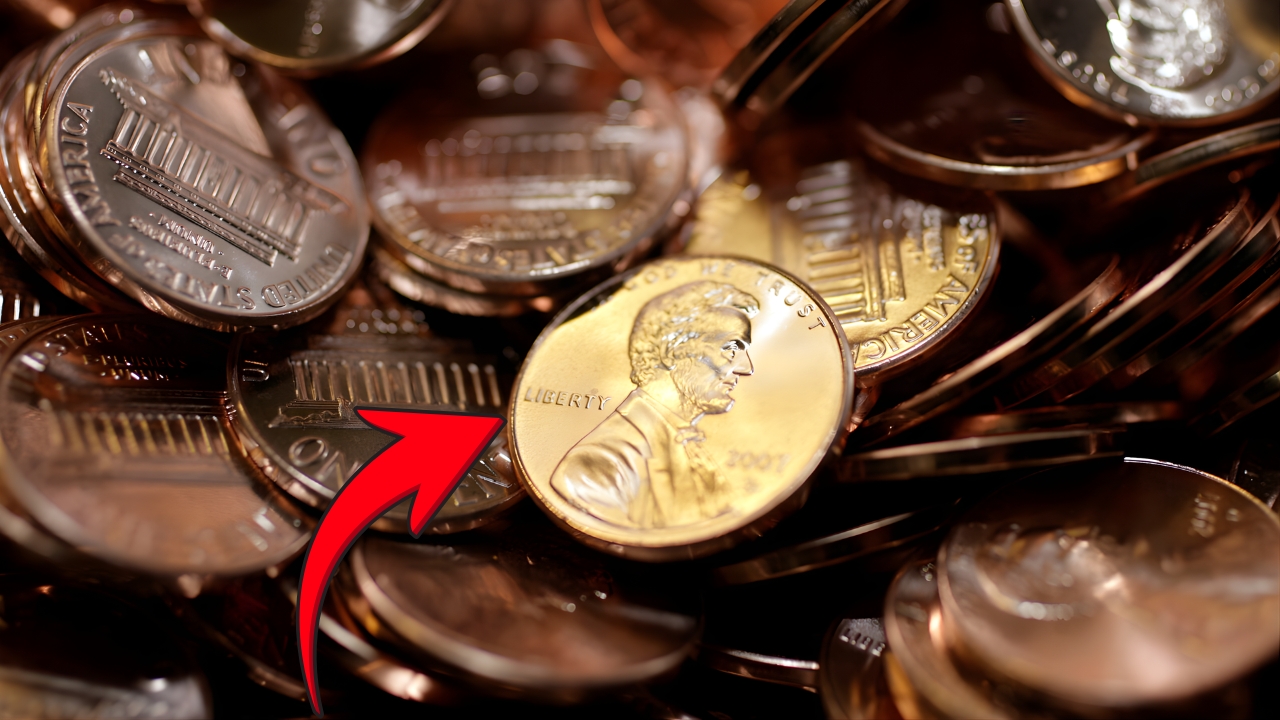After more than 230 years, the U.S. Treasury officially ended penny production in 2025, citing the coin’s production cost far exceeding its value. The decision comes following a staggering $85 million loss in penny manufacture for the year, as rising metal costs and inflation made continued minting financially unsustainable.
Why Penny Production Ended
-
The cost to produce a single penny rose above 3 cents due to escalating copper and zinc prices, creating a net loss.
-
Inflation and changes in spending habits have decreased penny usage, with electronic payments reducing coin circulation.
-
Past attempts to phase out the penny faced legislative hurdles, but mounting economic realities forced the decision in 2025.
Impact on Collectors: Old Pennies Could Be Worth Thousands
-
The last batch of pennies minted in 2025, known as the “Omega” pennies, are highly collectible due to their limited mintage and unique markings.
-
Pre-1982 pennies, made mostly of copper, continue to appreciate in value as copper content makes them worth more than face value.
-
Certain rare dates, mint marks, and minting errors can make some pennies worth hundreds or thousands of dollars to collectors.
-
Numismatic experts advise holders to check their penny collections for valuable specimens, especially uncirculated or historically significant coins.
Economic and Cultural Significance
-
Ending penny production marks the close of a key chapter in U.S. monetary history, dating back to the first penny minted in 1793.
-
The penny held cultural significance but became a financial liability for the Treasury.
-
Discussions about rounding cash transactions to the nearest nickel remain ongoing in political and retail sectors.
What Happens Now?
-
Existing pennies remain legal tender, and cash transactions will continue to use pennies in circulation until they naturally phase out.
-
The Treasury may auction off remaining stockpiled pennies for collectors, but no new pennies will be produced.
-
The government will focus on producing more efficient coinage, like nickels, dimes, and quarters, as well as non-cash payment systems.
Summary Table: Penny Production End and Collector Value
| Aspect | Details |
|---|---|
| Year Production Ended | 2025 |
| Annual Loss | $85 million |
| Reason | Production cost exceeds penny face value |
| Collector Interest | Last “Omega” pennies highly valuable; pre-1982 copper pennies retain value |
| Legal Tender Status | Pennies remain legal tender post-production |
Q1: Why did the U.S. stop producing pennies?
The cost to make pennies exceeded their monetary value, causing large financial losses.
Q2: Are pennies still usable after production ends?
Yes, all existing pennies remain legal tender indefinitely.
Q3: How can I identify valuable pennies in my collection?
Look for pre-1982 copper pennies, rare mint marks, and minting errors.

